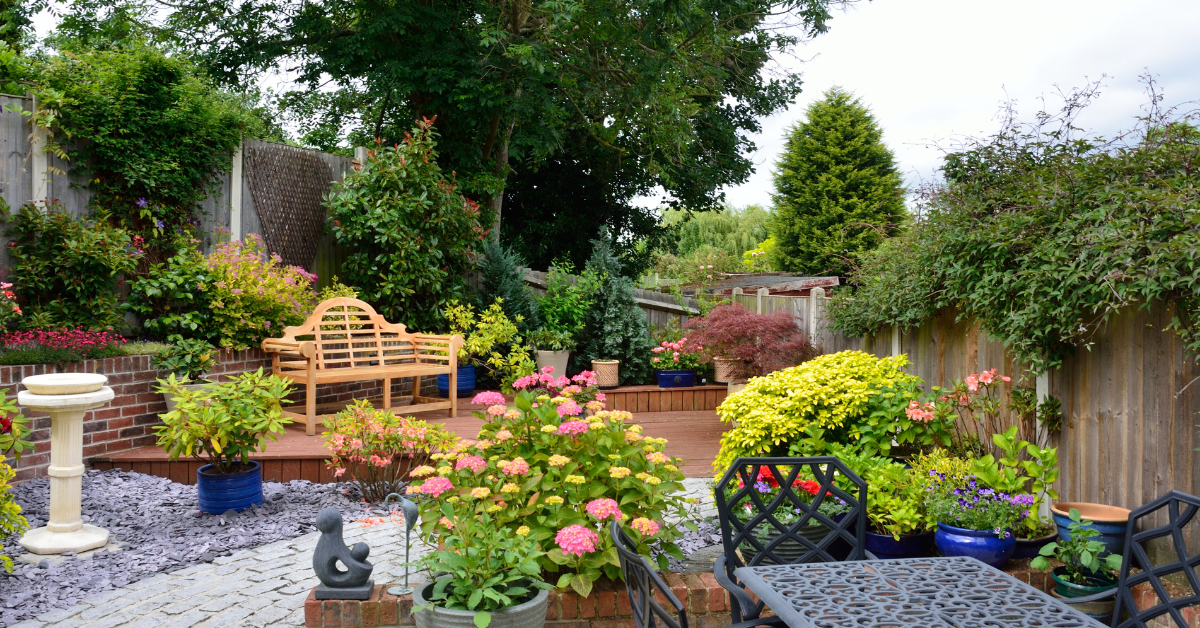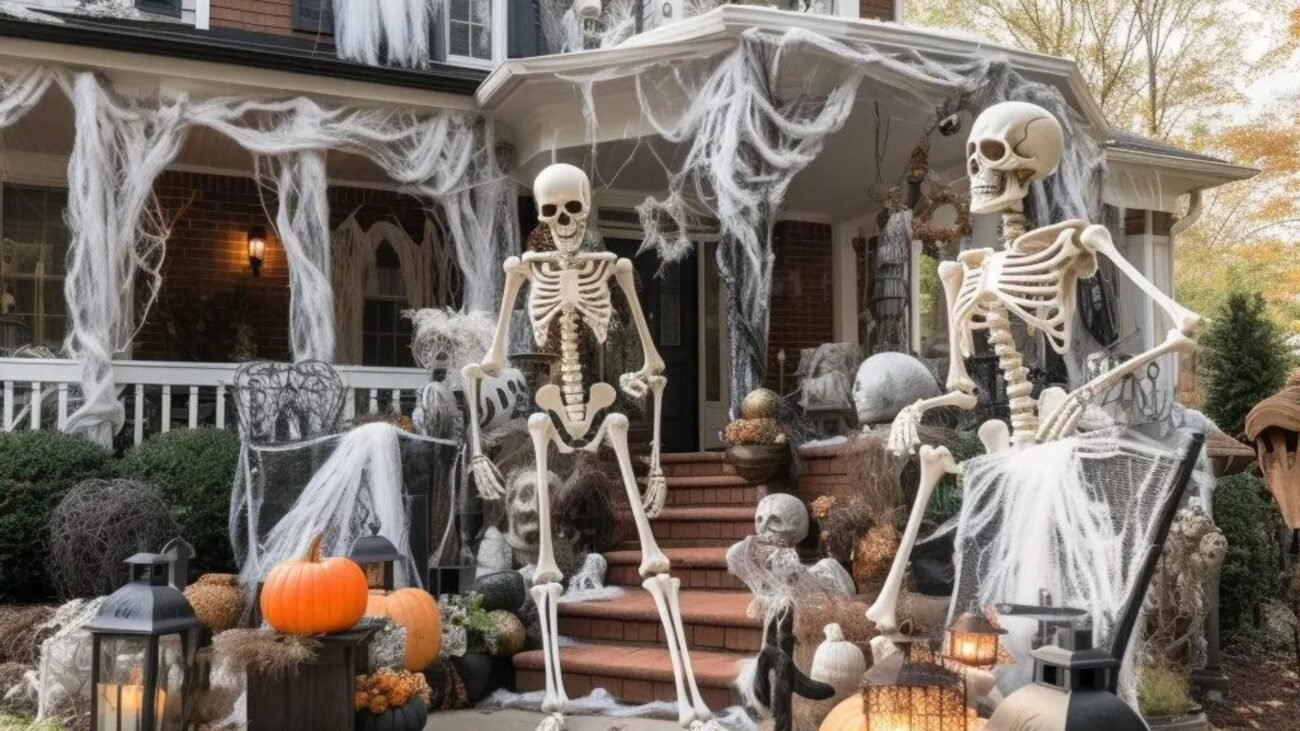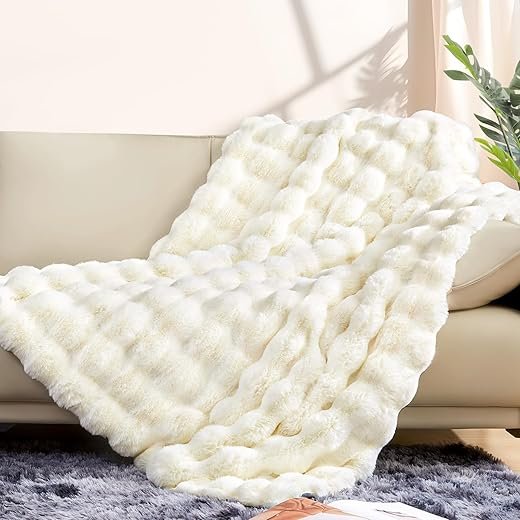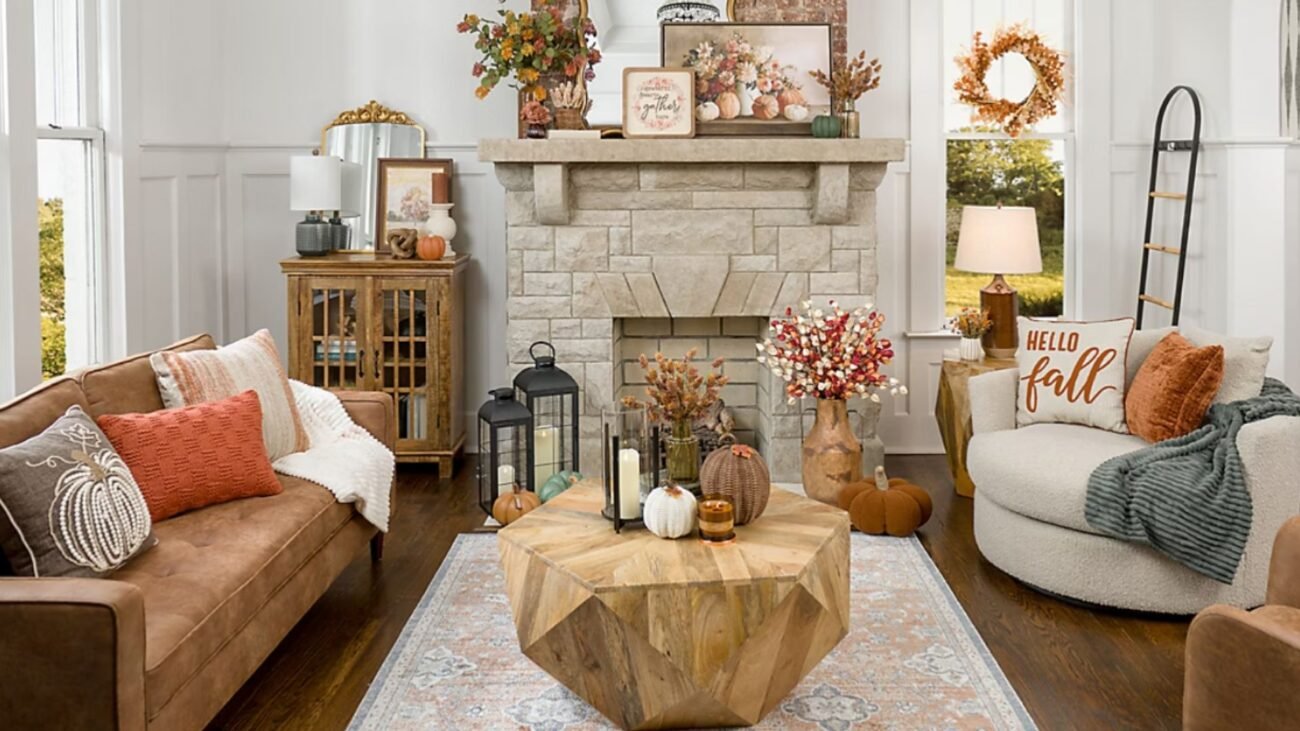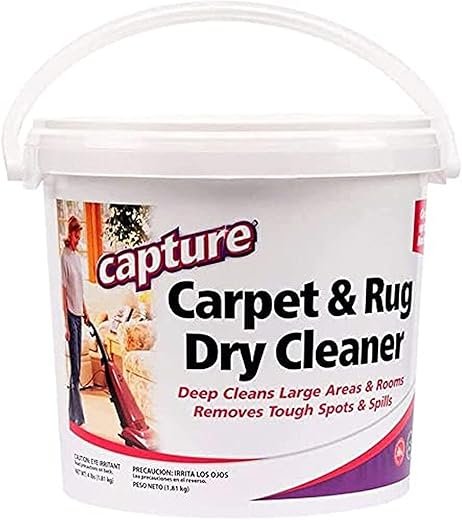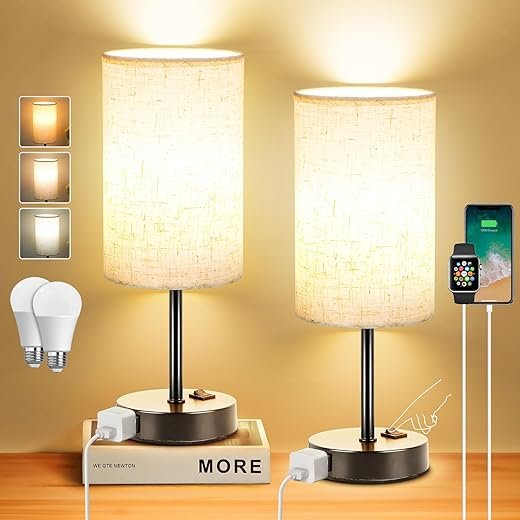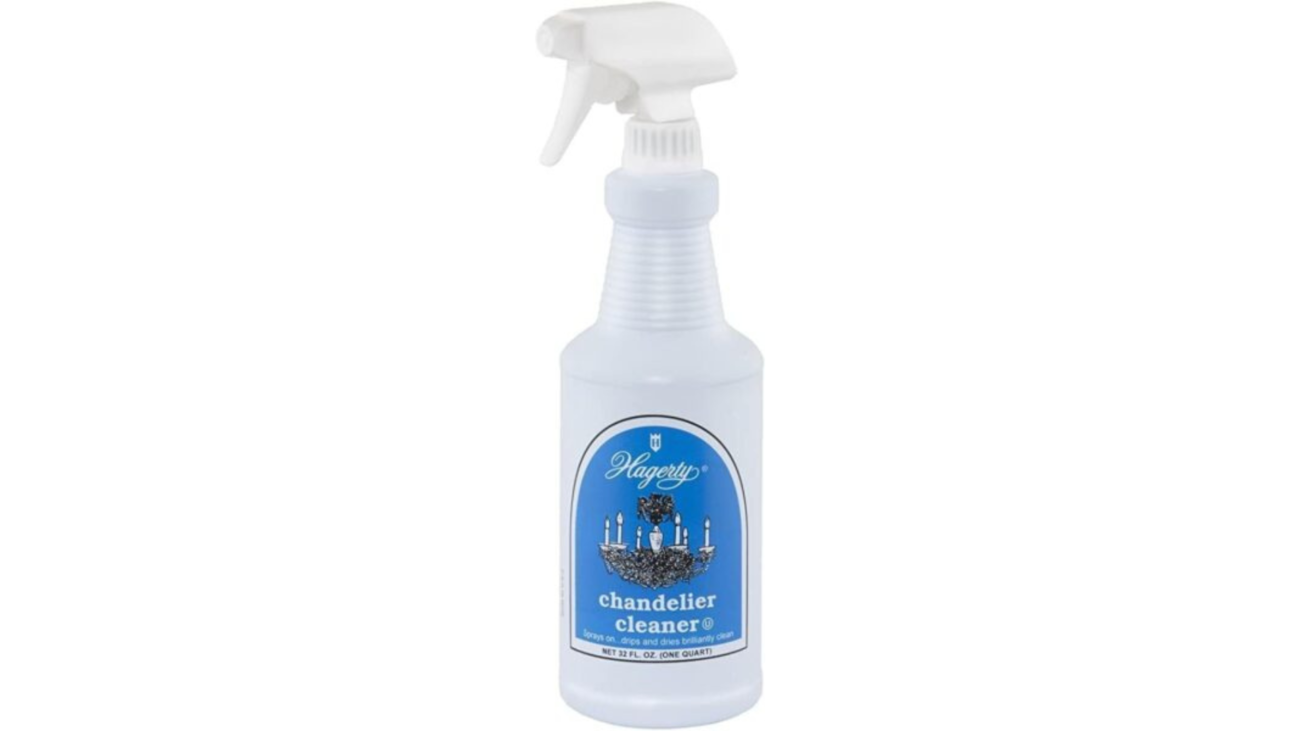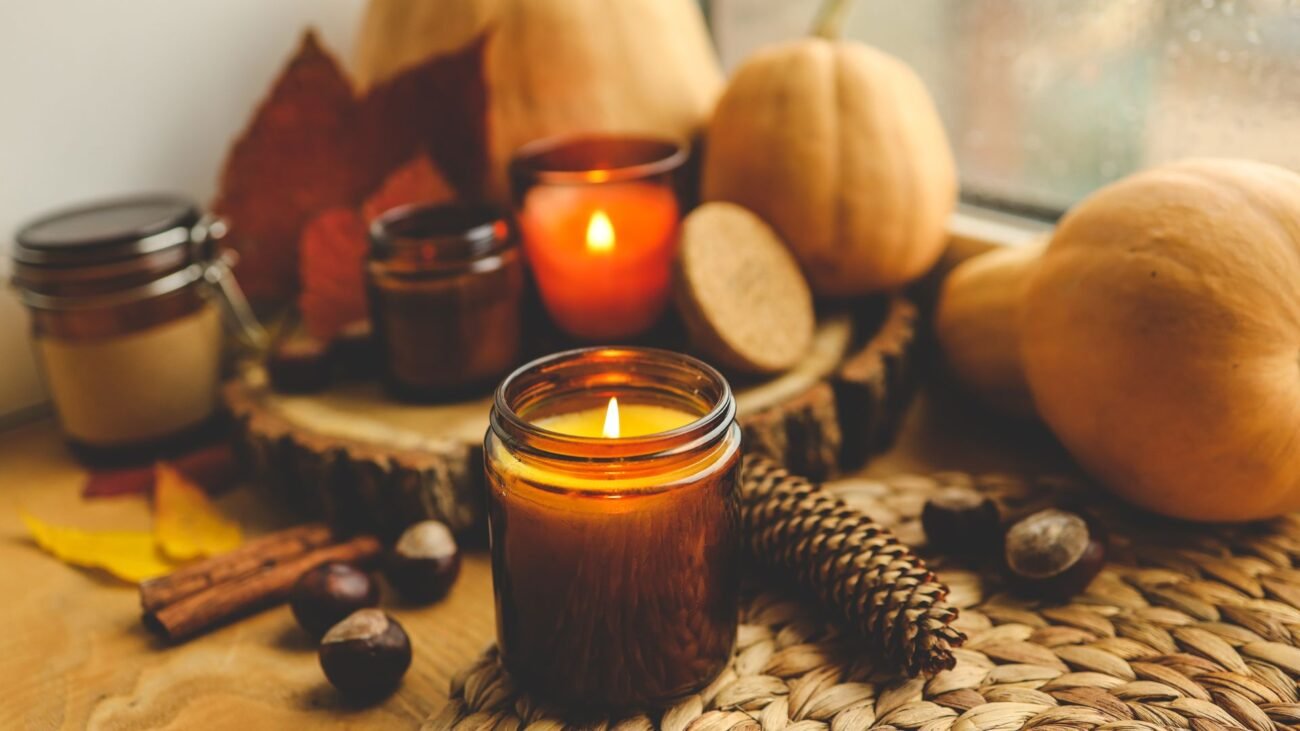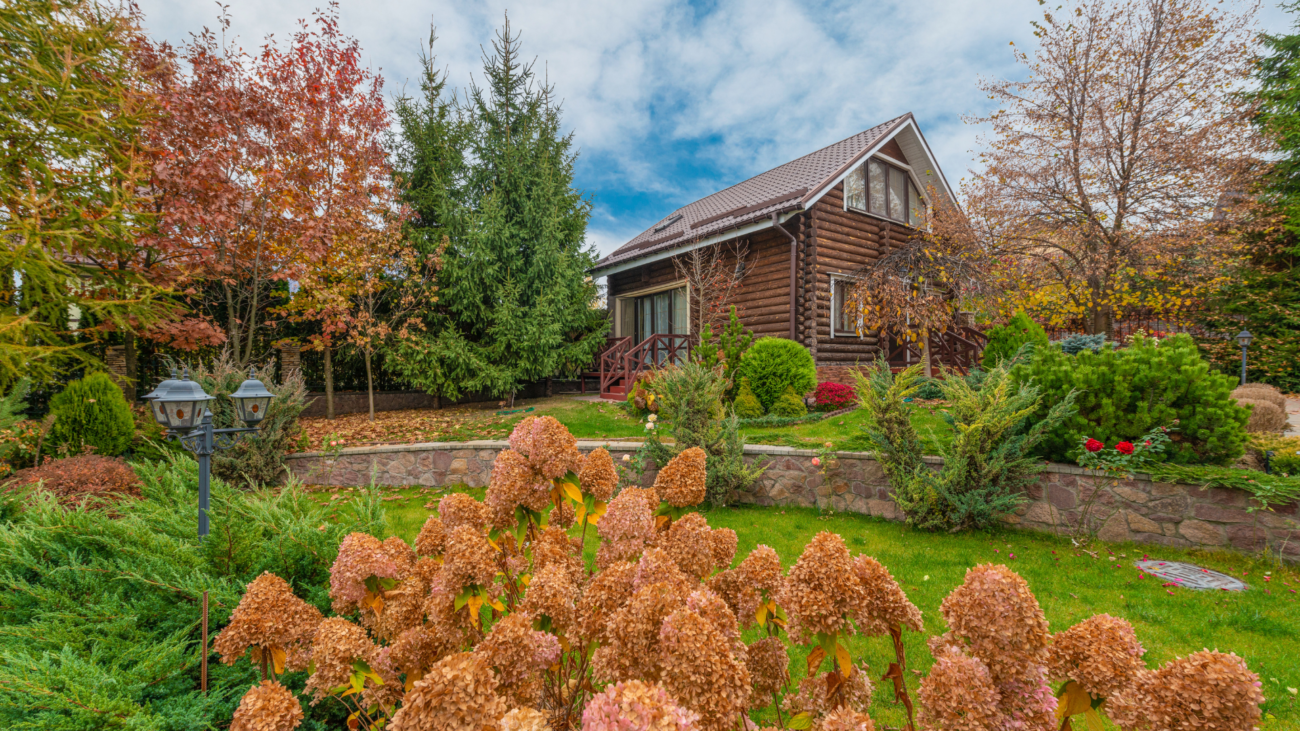10 Design Ideas for Tiny Garden spaces to create a beautiful, functional oasis. Maximize every inch with smart design and plant choices.
When space is limited, smart garden design is essential. Tiny gardens are gaining popularity, especially in crowded urban areas. Creating a beautiful garden in a limited space is both an art and a science. Large landscapes offer room to explore every gardening dream. But small gardens, patios, or balconies require smart, creative design. The key lies in clever design choices and strategic planning. In this article, we explore design ideas that can turn even the smallest garden into a vibrant oasis.
10 Design Ideas for Tiny Garden
1. Vertical Gardening
One of the most effective ways to enhance a tiny garden is by maximizing vertical space. When horizontal space is limited, growing upwards becomes essential. Vertical gardening is practical. It also adds a unique beauty to your garden.
1.1 Trellises and Climbing Plants
Trellises support climbing plants like ivy, clematis, or jasmine. They create a green backdrop or living wall in your garden. This not only saves space but also provides privacy and a natural backdrop to your garden.

1.2 Living Walls
Living walls or green walls take vertical gardening to another level. They come in many materials and designs. From simple hanging pots to ornate wall-mounted structures. Modular systems can be installed against a wall, with pockets or shelves for plants. This adds a striking focal point and improves air quality. It turns a blank space into a lush display of foliage and flowers.

1.3 Hanging Baskets
Hanging baskets are a classic choice for small gardens. They can be used to grow everything from herbs and flowers to small vegetables and fruits. These baskets are perfect for trailing plants like petunias, fuchsias, and lobelias. They add color to your garden without taking up space on the ground.
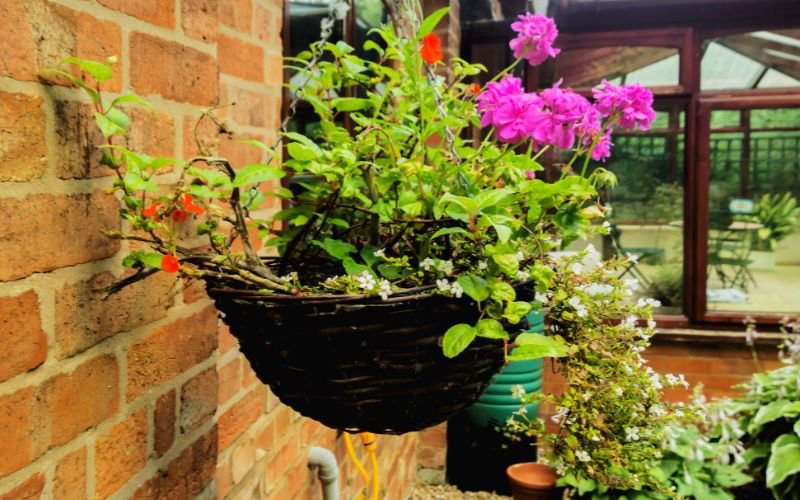
2. Multi-Functional Features
In a tiny garden, every piece of furniture should serve more than one purpose. Furniture with built-in storage saves space. Edible plants that look good add charm. Water features attract wildlife and enhance value.
2.1 Folding Furniture
Folding furniture is another excellent choice for small gardens. Foldable chairs and tables save space. When not in use, you can store them easily. This is perfect if your garden serves as a dining area, lounge, or garden space.

2.2 Benches with Storage
A garden bench with built-in storage is a practical addition to any tiny garden. These benches are comfortable and offer storage. Use them to keep garden tools, cushions, and other items. This helps keep your garden tidy and organized.
2.3 Convertible Tables
A convertible table that doubles as a planter or storage unit can be a game-changer in a tiny garden. These tables serve as dining or work surfaces. When not in use, they transform into planters or storage units. They add both function and style to your garden.
3. Creating Cozy Nooks
You can create cozy, intimate spaces in a small garden. These areas invite relaxation and contemplation. With careful planning and the right plants and furniture, it’s easy to design them.
3.1 Corner Seating Areas
A corner seating area can make excellent use of an underutilized part of your garden. Add a comfortable bench or chairs to a corner to create a cozy nook. It’s a perfect spot to relax with a book or enjoy tea. Surround it with potted plants or a small trellis for added privacy.

3.2 Hammocks and Swing Chairs
Hammocks and swing chairs are perfect for adding a touch of relaxation to your garden. These items can be easily installed and don’t take up much space. A hammock can be strung between two sturdy posts or trees, while a swing chair can be hung from a pergola or a tree branch. Both options provide a cozy spot to unwind and enjoy your garden.

3.3 Miniature Fire Pits
A small fire pit can serve as the focal point of your garden, creating a warm, inviting atmosphere. There are many compact fire pit designs available that are perfect for tiny gardens. Surrounding the fire pit with a few chairs or a bench can create a cozy gathering spot for cool evenings.

4. Plant Selection
Choosing the right plants is crucial in a small garden. Choose plants that suit your climate and soil. They should also fit the scale of your garden.
4.1 Dwarf Varieties
Dwarf varieties of trees and shrubs are ideal for tiny gardens. These plants offer the same beauty as full-sized ones but use less space. Dwarf fruit trees, for example, can be grown in pots and provide both beauty and bounty.
4.2 Compact Perennials
Compact perennials add color and texture without overwhelming the space. Lavender, hostas, and heucheras are great choices. They offer long-lasting blooms and foliage without growing too large.

4.3 Succulents and Cacti
Succulents and cacti are perfect for small gardens, especially in hot, dry climates. They need little maintenance and thrive in small containers or rock gardens. Their unique shapes and textures add visual interest to your garden.

5. The Illusion of Space
Design techniques can play a vital role in making a small garden feel larger. Reflective surfaces can make a small garden appear larger and brighter. Mirrors, water features, and light-colored materials can all contribute to this effect.
5.1 Mirrors
Placing mirrors strategically around your garden can also expand the space visually. A well-placed mirror reflects light and scenery, making the garden feel larger. Position mirrors carefully to improve aesthetics without creating confusing reflections.

5.2 Water
A small water feature, such as a fountain or a pond, can add a sense of tranquility to your garden. The reflective surface of the water can help to create the illusion of depth and space. The sound of running water drowns out background noise. It makes your garden feel like a secluded retreat.

5.3 Color Theory
Light-colored materials for paving, walls, and furniture make a small garden feel larger. They reflect sunlight, brightening the space and making it feel open and airy. Consider using light-colored gravel, stone, or decking for your garden’s hardscaping.

6. Incorporating Edible Landscaping
In a tiny garden, every plant should serve a purpose. Edible landscaping is a way to make your garden both beautiful and productive. Incorporate fruit, vegetables, and herbs into your garden. It makes the space beautiful and provides fresh produce for your kitchen.
6.1 Herb Gardens
Herbs are perfect for small gardens as they can be grown in pots, window boxes, or vertical planters. A small herb garden offers fresh herbs for cooking. It also adds fragrance and texture to your garden. Popular choices include basil, rosemary, thyme, and mint.

6.2 Container Vegetables
Growing vegetables in containers is an excellent solution for small gardens. Tomatoes, peppers, and lettuce thrive in containers. You can grow them on a patio or balcony. By choosing compact or dwarf varieties, you can maximize your harvest even in a limited space.

6.3 Fruit Trees and Berries
Dwarf fruit trees and berry bushes can be grown in pots or small garden beds, making them ideal for tiny gardens. These plants bloom beautifully in spring and produce delicious fruit in summer. Plant dwarf apple or pear trees. Consider berry bushes like blueberries, raspberries, and strawberries.
7. Art and Decor
Art and decor can add personality and character to a tiny garden. Choose the right pieces to reflect your style. This enhances the overall look of your garden.
7.1 Sculptures and Ornaments
Sculptures and garden ornaments can serve as focal points in a tiny garden. Choose pieces that complement the style of your garden and don’t overwhelm the space. Smaller items like birdbaths, lanterns, and ceramic animals add charm. They won’t take up much room.

7.2 Outdoor Lighting
Outdoor lighting creates ambiance in a small garden, especially in the evening. Use string lights, lanterns, and solar lights to light up paths, seating areas, and plants. Proper lighting enhances your garden’s beauty and makes it more functional at night.

7.3 Garden Art and Wall Hangings
Wall hangings and garden art can add a personal touch to your garden. Hang metal art, ceramic tiles, or mirrors on walls and fences. They add visual interest. These pieces can also be used to reflect light or create the illusion of space.

8. Container Gardening
Containers are the gardener’s best friend when space is at a premium. Move them to catch sunlight and shade. Arrange them at different levels to add depth and interest.

8.1 Choosing Containers
The choice of containers can significantly affect the garden’s character. Traditional terracotta pots give a classic, Mediterranean feel. Modern geometric shapes and colors create a contemporary look.
8.2 Soil and Maintenance
Container plants need more frequent watering and feeding than ground plants. Use a high-quality potting mix. Ensure proper drainage. This prevents root rot and keeps plants healthy.
9. Sustainable Practices
Tiny gardens can also be eco-friendly spaces that encourage biodiversity and conserve resources.
9.1 Water Conservation
Water conservation is crucial in a small garden, especially in dry areas. Collect rainwater in a barrel. Use a drip irrigation system to save water. Choosing drought-resistant plants also reduces the need for frequent watering.

9.2 Composting
Composting is a great way to reduce waste and enrich your garden soil. A small compost bin can turn kitchen scraps and garden waste into rich soil. This reduces waste and improves plant health. Using the Bokashi method of composting is excellent in small spaces.

9.3 Organic Gardening
Organic gardening practices can help to create a healthy, sustainable garden. Avoid using chemical pesticides and fertilizers, and instead opt for natural alternatives. Use companion planting to deter pests and attract beneficial insects. Choose organic seeds and plants when possible.

9.4 Encouraging Wildlife
Include plants that attract bees, butterflies, and birds. They support local ecosystems and add life to the garden. Nesting boxes and small water sources attract wildlife to your garden. They encourage animals to visit and stay.

10. Creating a Year-Round Garden
A year-round garden keeps your space beautiful and functional through all seasons. Choose plants and elements that offer interest throughout the year. Enjoy your garden all year long.
10.1 Evergreen Plants
Evergreen plants add structure and greenery to your garden in winter. Boxwood, holly, and yew are great for small gardens. They keep their foliage year-round and can be pruned to fit your space.

10.2 Seasonal Blooms
Plant flowers that bloom at different times. This ensures your garden has continuous color. Plant tulips and daffodils in spring. Add hydrangeas and roses for summer. Use asters and chrysanthemums for fall. This gives you blooms all year.
10.3 Winter Interest
Don’t forget to include elements that provide interest in the winter months. Plants with unique bark, like birch or dogwood, add texture and color to your garden in winter. Add decorative elements like bird feeders, sculptures, or lighting. They keep your garden appealing in the colder months.
Creating a tiny garden is challenging. But with smart design, you can make the most of even the smallest space. Use vertical space and multi-functional furniture. Choose the right plants. Transform a small area into a beautiful, functional garden. Incorporating reflective surfaces, edible landscaping, and sustainable practices adds further value. With careful planning, your tiny garden can become a personal oasis. It will offer beauty and utility all year.
>> Learn more: Top 10 Best Garden Decor Ideas: Design Your Dream Garden Become Beautiful


